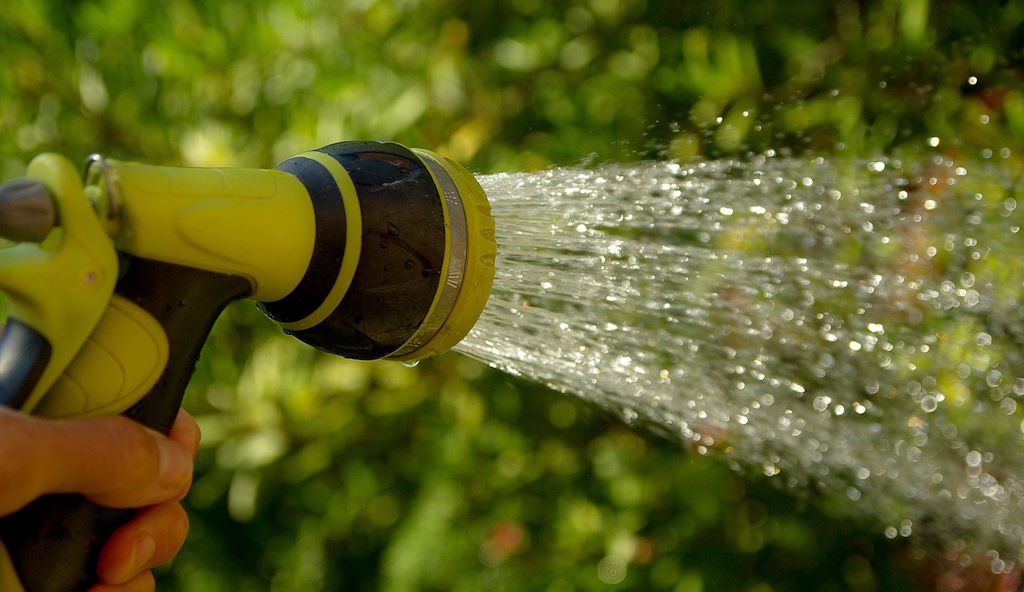The Fine Art of Hydration for Healthy Cannabis Growth
A plant that is 80 percent water relies on proper hydration to carry nutrients, maintain structure, and support growth from seedling to harvest. It also plays a critical role in photosynthesis, the process by which cannabis converts light into energy. Without enough water, the plant grows weak stems and smaller leaves. In severe cases, lack of hydration can even cause the plant to stop developing altogether.
Whether you are starting your grow indoors or outdoors, understanding how to hydrate your plants properly is just as important as choosing the right nutrients or soil. If you begin with high-quality weed seeds and pair them with well-timed watering, you give your plants the best possible start.
Why Water Matters So Much

Water helps transport minerals and nutrients from the roots to the leaves, aids in photosynthesis, and regulates temperature through transpiration. Simply put, without the right amount of water, your plants will never reach their full potential.
Too little water causes leaves to droop, wilt, and eventually die. Too much of it drowns the roots, cuts off oxygen, and promotes root rot. The key is balance. Cannabis prefers a wet-dry cycle, where the roots are allowed to breathe between waterings.
Another reason hydration is so important is that it directly impacts nutrient uptake. Even if you grow your plants from Barney's Farm seeds, they can only absorb nutrients efficiently when the water levels and root environment are in sync. Consistent watering habits help avoid nutrient lockout,
Signs of Over- and Underwatering
Overwatering
It often comes from a place of care, but roots sitting in waterlogged soil can quickly become unhealthy. Typical signs of overwatering include yellowing leaves, curling tips, and slow overall growth. These symptoms occur because the roots are deprived of oxygen, which makes it harder for the plant to take in nutrients.
Underwatering
When a cannabis plant is too dry for too long, the leaves become limp and weak, and stems may start to turn brittle. You might also notice the soil pulling away from the sides of the pot, a clear indication that the root zone has gone dry. A plant suffering from underwatering may recover quickly after a good watering, but repeated stress can stunt its development.
The Importance of Medium and Drainage
The growing medium you use significantly affects how much hydration your plant needs and how often you should water it. Soil retains it longer than coco coir or hydroton, so watering frequency will vary depending on the medium.
Drainage is also crucial. Your containers should have several holes at the bottom to let excess water escape. If your roots sit in stagnant water, the risk of disease increases. Fabric or air pots can help improve airflow and drainage and make it easier to keep hydration levels in check.
How to Time Your Watering

Watering in the early morning or just after lights turn on is ideal. This timing matches the plant's natural rhythm and allows moisture to be absorbed during the most active parts of the day. Watering late at night can lead to excess humidity, which may increase the risk of mold and mildew.
The best way to tell if your plant needs water is by checking the top inch of the soil. If it feels dry to the touch, it is probably time to water. You can also lift the pot and feel its weight. A light pot usually means the soil is dry and ready for watering.
pH Levels and Water Quality
Ideally, your water should fall between 6.0 and 7.0 if you are growing in soil, or 5.5 to 6.5 for hydroponic systems. Use a digital pH meter to keep this in check.
Avoid using liquids that are high in chlorine or other contaminants. If possible, let tap water sit out for 24 hours to allow chlorine to evaporate. Alternatively, use filtered or distilled water. Some growers even collect rainwater, which is naturally soft and often more plant-friendly.
Final Thoughts
Getting water right is not just about pouring it into a pot and hoping for the best. It is about understanding your plant's signals, knowing your growing medium, and being consistent with care.
The health of your cannabis plants is directly tied to the quality and timing of hydration. When you learn the rhythm of your grow, you create a balanced environment where plants thrive and yields improve naturally.
839GYLCCC1992




Leave a Reply